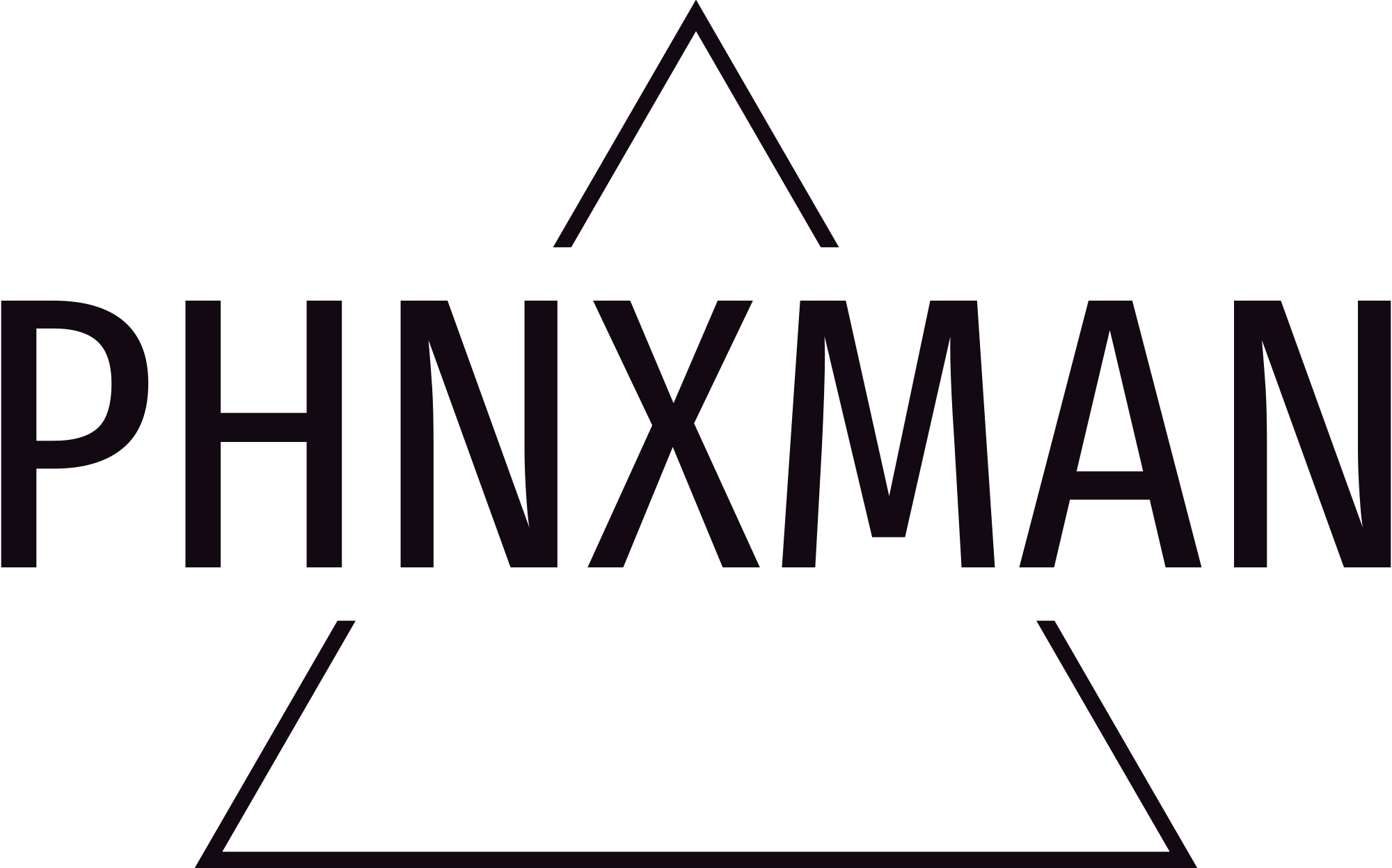Boosting motivation in the workplace is not just a lofty goal for organizations—it's a strategic imperative that drives productivity, engagement, and success. Imagine a workplace where employees are energized, focused, and eager to tackle challenges head-on. This blog post delves into ten proven strategies to enhance motivation in the workplace, offering insights and practical approaches to inspire and empower both employees and leaders on the journey towards a more motivated and fulfilled workforce.
Understanding Motivation in the Workplace
Motivation in the workplace is a fundamental factor that drives employees to perform at their best and contribute effectively to organizational success. It goes beyond mere enthusiasm and involves a deep-rooted drive to achieve goals and excel in one's role. Boosting motivation in the workplace is essential for fostering a positive work environment and enhancing overall productivity.
Importance of Boosting Motivation
- Employees who are highly motivated tend to be more engaged and committed to their work tasks.
- Increased motivation leads to higher levels of job satisfaction and improved morale among team members.
- A motivated workforce is more likely to exhibit creativity, innovation, and a proactive attitude towards overcoming challenges.
Common Challenges in Maintaining Motivation
- Lack of clear goals and objectives can leave employees feeling directionless and demotivated.
- Insufficient recognition and appreciation for efforts can dampen employees' enthusiasm and dedication.
- Poor communication and feedback mechanisms can hinder motivation and create disengagement.
In the next sections, we will explore ten proven strategies for boosting motivation in the workplace and creating a conducive environment for employee growth and development.
Creating a Positive Work Environment
In order to effectively boost motivation in the workplace, it is crucial to establish a positive work environment that nurtures employee engagement and satisfaction. A positive work environment fosters a sense of belonging, trust, and camaraderie among team members, ultimately leading to higher levels of motivation and productivity.
Encouraging Open Communication
- Promote a culture of transparency where employees feel comfortable expressing their thoughts and opinions.
- Implement regular team meetings and one-on-one sessions to facilitate open dialogue and idea exchange.
- Utilize communication tools and platforms to ensure seamless interaction and information sharing among team members.
Promoting a Culture of Recognition and Appreciation
- Acknowledge and celebrate the achievements and efforts of employees through public recognition and praise.
- Implement an employee recognition program to incentivize and reward outstanding performance.
- Foster a culture of gratitude where team members appreciate each other's contributions and support.
Offering Opportunities for Growth and Development
- Provide access to training programs, workshops, and skill enhancement courses to support continuous learning.
- Encourage career development discussions and create personalized growth plans for employees.
- Offer mentorship opportunities to help employees enhance their skills and advance in their careers.
By creating a positive work environment that prioritizes open communication, recognition, and growth opportunities, organizations can significantly contribute to boosting motivation in the workplace and fostering a culture of excellence and success.
Setting Clear and Achievable Goals
Setting clear and achievable goals is a pivotal strategy in boosting motivation in the workplace. Employees thrive when they have a clear understanding of what is expected of them and have a roadmap for achieving their objectives. By utilizing SMART goal-setting techniques and aligning individual goals with organizational targets, organizations can empower their employees to perform at their best.
SMART Goal-Setting Techniques
- Specific: Clearly define the goals and objectives to avoid ambiguity and confusion.
- Measurable: Establish metrics and criteria to track progress and evaluate goal achievement.
- Achievable: Set goals that are challenging yet attainable to motivate employees towards success.
- Relevant: Ensure that the goals are aligned with the individual's role and contribute to the overall organizational objectives.
- Time-bound: Set deadlines and timelines to create a sense of urgency and focus on timely goal completion.
Aligning Individual Goals with Organizational Objectives
- Communicate the organization's mission, vision, and goals to provide employees with a sense of purpose and direction.
- Encourage employees to align their personal goals with the broader objectives of the organization to drive collective success.
- Foster a sense of ownership and accountability in goal attainment to motivate employees to perform at their peak.
By setting clear and achievable goals that are in line with the organization's strategic direction, companies can enhance motivation, foster employee engagement, and drive performance towards shared success.
Providing Feedback and Constructive Criticism
Effective feedback and constructive criticism play a crucial role in boosting motivation in the workplace. By providing timely and meaningful feedback, managers and leaders can help employees understand their performance, identify areas for improvement, and celebrate their successes. Constructive criticism, when delivered thoughtfully and with the intent to support development, can empower employees to grow and excel in their roles.
Importance of Feedback in Boosting Motivation
- Feedback serves as a mechanism for continuous improvement and growth, highlighting strengths and areas for development.
- Positive feedback reinforces good performance and motivates employees to sustain their efforts.
- Constructive criticism, when provided tactfully, can guide employees towards overcoming challenges and enhancing their skills.
Effective Feedback Delivery Techniques
- Regular Check-Ins: Schedule regular feedback sessions to provide ongoing guidance and support.
- Specific and Actionable: Offer feedback that is specific, actionable, and tied to observable behaviors or outcomes.
- Balanced Approach: Strike a balance between praise for achievements and constructive feedback for areas needing improvement.
- Two-Way Communication: Encourage open dialogue and active listening to ensure feedback is well-received and leads to positive outcomes.
By fostering a culture of feedback and constructive criticism, organizations can empower their employees to strive for continuous improvement, maximize their potential, and stay motivated in their professional endeavors.
Empowering Employees and Building Trust
Empowering employees and building trust are essential elements in boosting motivation in the workplace. When employees feel empowered to make decisions, take ownership of their work, and have trust in their leaders, they are more likely to be motivated, engaged, and committed to achieving organizational goals. By fostering a culture of empowerment and trust, organizations can create an environment where employees feel valued, respected, and motivated to perform at their best.
Delegating Responsibilities and Promoting Autonomy
- Delegate tasks and responsibilities to employees based on their skills and capabilities.
- Encourage autonomy by allowing employees the freedom to make decisions within defined parameters.
- Empower employees to take ownership of their projects and initiatives, fostering a sense of accountability and responsibility.
Fostering a Sense of Ownership and Accountability
- Cultivate a culture where employees take pride in their work and feel a personal stake in the outcomes.
- Encourage open communication and collaboration to ensure shared accountability for team goals.
- Provide opportunities for employees to showcase their expertise and contribute meaningfully to the organization's success.
Building Trust Through Transparency and Honesty
- Communicate openly and transparently with employees regarding organizational decisions and changes.
- Demonstrate integrity and honesty in all interactions to build credibility and trust.
- Encourage a feedback culture where both positive and constructive feedback are welcomed and addressed constructively.
By empowering employees, promoting autonomy, fostering a sense of ownership, and building trust through transparent communication and honesty, organizations can significantly enhance motivation in the workplace and create a culture of empowerment and high performance.
Encouraging Collaboration and Team Building
Collaboration and team building play a significant role in boosting motivation in the workplace. When employees work together effectively, share ideas, and support each other, it fosters a sense of camaraderie, trust, and unity within the team. By encouraging collaboration and implementing team-building activities, organizations can strengthen relationships, enhance communication, and elevate team spirit, ultimately leading to improved motivation and productivity.
Benefits of Teamwork in Enhancing Motivation
- Teamwork promotes a sense of belonging and camaraderie among team members.
- Collaborative projects allow employees to leverage diverse skills and perspectives for innovative solutions.
- Working in teams fosters a supportive environment where individuals feel valued and appreciated.
Organizing Team-Building Activities and Events
- Plan team-building exercises such as outdoor challenges, workshops, or volunteering activities.
- Conduct team-building events that encourage communication, trust-building, and problem-solving.
- Incorporate fun and interactive activities to enhance team dynamics and boost morale.
Promoting a Collaborative Work Culture
- Establish a collaborative work environment where knowledge sharing and idea generation are encouraged.
- Encourage cross-functional collaboration to break silos and promote a holistic approach to problem-solving.
- Recognize and celebrate team achievements to reinforce the importance of teamwork and collaboration.
By fostering collaboration, organizing team-building activities, and promoting a collaborative work culture, organizations can create a cohesive and motivated workforce that thrives on teamwork, communication, and collective success.
Offering Rewards and Incentives
Incentivizing employees through rewards and incentives is a powerful strategy for boosting motivation in the workplace. Recognizing and rewarding employees for their hard work, dedication, and achievements not only acknowledges their contributions but also reinforces positive behaviors and outcomes. By implementing effective reward systems and incentive programs, organizations can motivate their employees to perform at their best and drive exceptional results.
Different Types of Rewards for Boosting Motivation
- Monetary Rewards: Providing bonuses, salary increases, or cash incentives for exceptional performance.
- Non-Monetary Rewards: Offering gift cards, extra paid time off, or personalized rewards tailored to individual preferences.
- Recognition: Publicly acknowledging and praising employees for their contributions and achievements.
Implementing Incentive Programs Effectively
- Define clear criteria and metrics for earning rewards to ensure transparency and fairness.
- Communicate incentive programs effectively and provide clear instructions on how employees can qualify for rewards.
- Monitor the impact of incentives on employee motivation and adjust programs as needed to optimize outcomes.
Recognizing and Rewarding Outstanding Performance
- Identify and celebrate individual and team accomplishments to highlight exemplary performance.
- Establish a culture of recognition where employees feel valued and appreciated for their hard work.
- Encourage peer-to-peer recognition to foster a supportive and collaborative work environment.
Integrating a well-designed reward and incentive system, offering a variety of rewards, and recognizing outstanding performance are instrumental in boosting motivation and engagement levels in the workplace, ultimately contributing to a positive and high-performing organizational culture.
Supporting Work-Life Balance
Maintaining a healthy work-life balance is crucial in boosting motivation in the workplace. When employees feel supported in managing their personal and professional responsibilities, they are more likely to be motivated, focused, and productive. Organizations that prioritize work-life balance create an environment where employees can thrive, leading to higher job satisfaction, reduced burnout, and increased overall well-being.
Importance of Work-Life Balance in Maintaining Motivation
Balanced Priorities:
- Ensuring employees have time for personal interests and activities outside of work.
- Reducing stress and preventing burnout by promoting time for rest and relaxation.
Flexible Work Arrangements and Policies:
- Offering telecommuting options, flexible hours, or compressed workweeks to accommodate individual needs.
- Implementing policies that support parental leave, caregiving responsibilities, and personal development opportunities.
Encouraging Self-Care and Well-Being:
- Providing resources for mental health support, such as Employee Assistance Programs (EAPs) or counseling services.
- Promoting wellness initiatives, such as yoga classes, mindfulness training, or health screenings.
By prioritizing work-life balance, supporting flexible work arrangements, and encouraging self-care and well-being, organizations can create a conducive environment that values employees' overall wellness and happiness, leading to increased motivation, engagement, and retention in the workplace.
Providing Training and Development Opportunities
Investing in employee training and development is a strategic approach to boosting motivation in the workplace. By offering opportunities for continuous learning, skill enhancement, and career advancement, organizations demonstrate their commitment to employee growth and professional development. Providing training and development programs not only equips employees with the knowledge and skills needed to excel in their roles but also fosters a culture of continuous improvement and innovation.
Investing in Employee Training and Skill Development
Ongoing Learning Opportunities:
- Conducting workshops, seminars, and online courses to enhance employees' knowledge and expertise.
- Providing access to industry certifications or credentialing programs to support career advancement.
Continuous Feedback and Coaching:
- Offering regular performance feedback and coaching sessions to help employees identify areas for improvement.
- Pairing employees with mentors or coaches to provide guidance, support, and personalized development plans.
Supporting Career Advancement and Progression:
- Creating clear pathways for career growth and advancement within the organization.
- Developing succession planning initiatives to identify and nurture future leaders from within the workforce.
By prioritizing employee training, offering continuous feedback and coaching, and supporting career advancement opportunities, organizations can empower their employees to reach their full potential, foster a culture of learning and growth, and drive sustained motivation and engagement in the workplace.
Monitoring Progress and Adaptation
Monitoring progress and adapting strategies are vital components in boosting motivation in the workplace. By assessing employee engagement levels, tracking performance metrics, and adjusting motivational initiatives based on feedback and results, organizations can continuously optimize their approaches to maintain high levels of motivation and productivity among their workforce. Monitoring progress provides valuable insights into the effectiveness of motivation strategies, while adaptation ensures that initiatives remain relevant and impactful.
Tracking Motivation Levels and Employee Engagement
- Utilize employee surveys, feedback mechanisms, and performance evaluations to gauge motivation levels.
- Monitor key performance indicators (KPIs) related to productivity, quality of work, and employee satisfaction.
Adapting Strategies Based on Feedback and Results
- Analyze feedback from employees and identify areas for improvement in motivation initiatives.
- Implement changes to strategies based on feedback to address specific needs and enhance effectiveness.
Continuous Improvement and Optimization in Motivation Techniques
- Experiment with new motivational tactics and approaches to keep employees engaged and motivated.
- Regularly review and refine motivational programs to align with evolving organizational goals and employee preferences.
By consistently monitoring progress, adapting strategies based on feedback and results, and striving for continuous improvement in motivation techniques, organizations can create a dynamic and supportive work environment that fosters sustained motivation and empowers employees to achieve their full potential.
How can organizations measure employee motivation in the workplace?
Organizations can measure employee motivation through surveys, feedback mechanisms, performance evaluations, and key performance indicators (KPIs) related to productivity and satisfaction levels.
What role does leadership play in boosting motivation at work?
Leadership plays a critical role in boosting motivation by setting a positive example, providing clear direction, offering support and guidance, and fostering a culture of empowerment and trust.
Why is recognition important in enhancing employee motivation?
Recognition is essential in enhancing employee motivation as it validates efforts, reinforces positive behaviors, boosts morale, and fosters a sense of appreciation and belonging in the workplace.
What are some common challenges organizations face in maintaining employee motivation?
Common challenges include unclear goals, lack of recognition, poor communication, limited growth opportunities, and inadequate feedback mechanisms, all of which can hinder employee motivation.
How can employees contribute to enhancing motivation in the workplace?
Employees can contribute by staying proactive, collaborating with colleagues, providing constructive feedback, pursuing continuous learning and development, and actively participating in team-building activities to foster a positive work environment and boost motivation.








